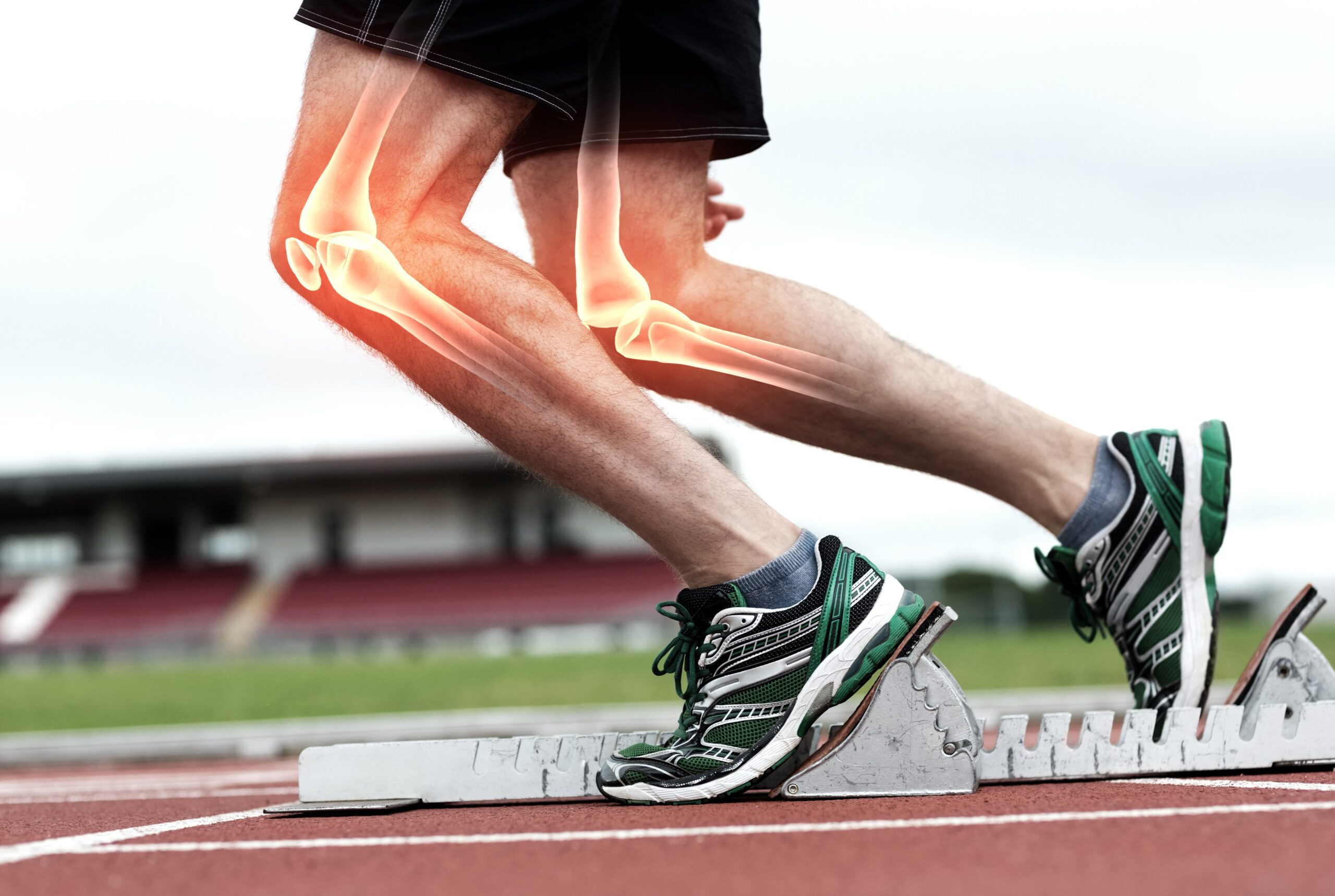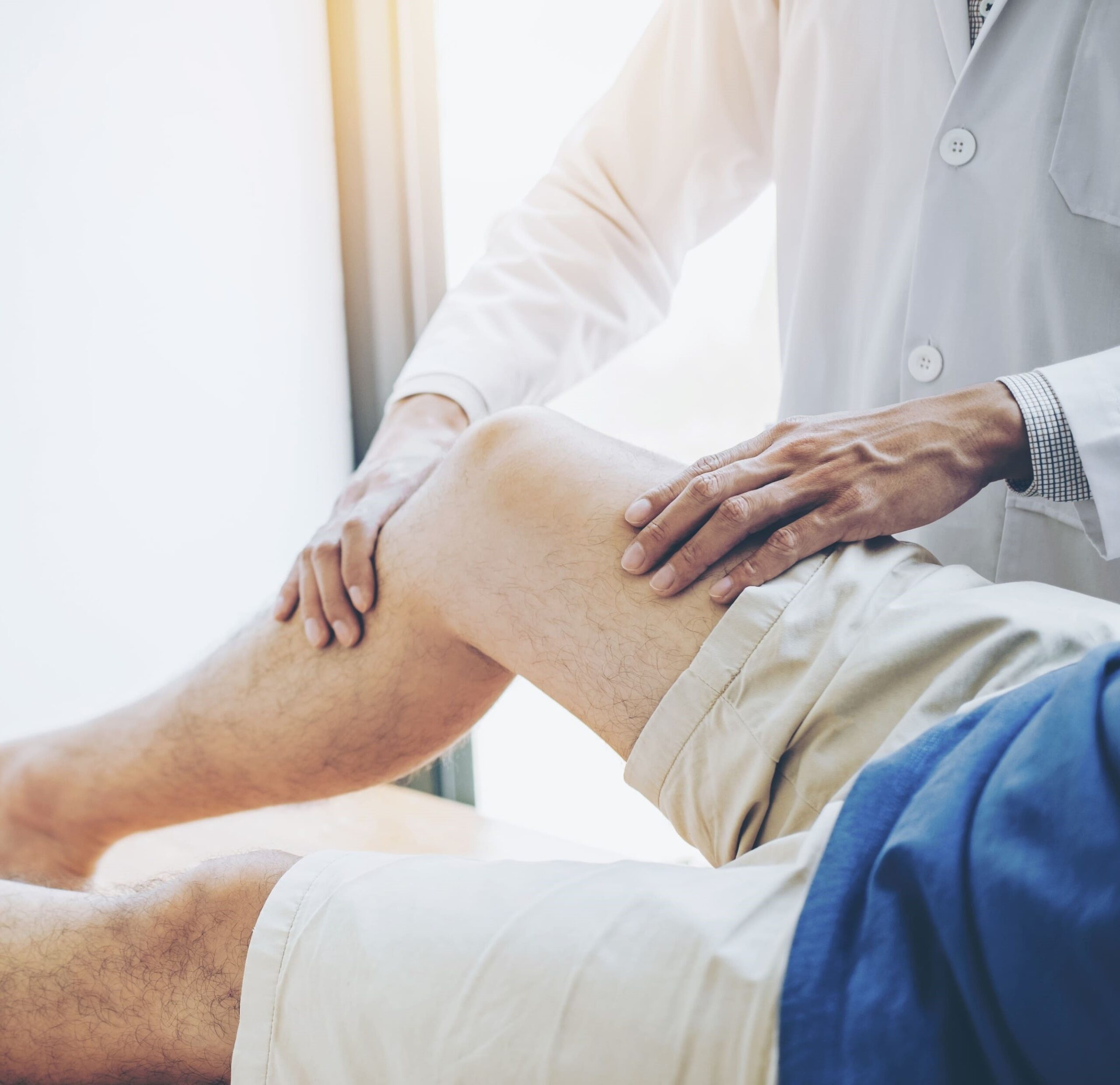Schedule An Appointment With Us
Are Your Symptoms Affecting Your Quality Of Life?
Consult our MOH-accredited orthopaedic surgeon for an accurate diagnosis & personalised treatment plan.
MBBS
MRCSEd
MMED (Ortho)
FRCSEd

Kneecap instability refers to a condition where the patella, commonly known as the kneecap, moves out of its normal position within the knee joint. The patella, a small bone located at the front of the knee, acts as a fulcrum for thigh muscles to extend the leg. Instability can occur when the patella does not track properly within its groove on the femur during knee movement.
This condition often leads to discomfort and impaired mobility. It can affect individuals of all ages but is more prevalent in younger, physically active populations.
Kneecap instability arises from a combination of factors that disrupt the normal alignment and movement of the patella.
The symptoms and signs of kneecap instability can vary based on the severity and frequency of the instability episodes.

Diagnosing kneecap instability involves a combination of clinical evaluation and imaging studies.
Schedule An Appointment With Us
Consult our MOH-accredited orthopaedic surgeon for an accurate diagnosis & personalised treatment plan.
Non-surgical methods are often used in instances of mild to moderate kneecap instability. They focus on relieving symptoms and strengthening the knee to prevent future episodes.
RICE Method |
This stands for Rest, Ice, Compression, and Elevation. It involves resting the affected knee, applying ice to reduce swelling, using compression bandages to support the knee, and elevating the leg to decrease swelling. |
Bracing and Taping |
Knee braces or patellar taping methods are employed to provide external support to the knee, ensuring the kneecap remains aligned within its groove during physical activities. |
Pain Management Strategies |
Over-the-counter pain medications and anti-inflammatory drugs can be used to manage pain and reduce inflammation in the knee. |
Targeted Physiotherapy |
After a period of rest, personalised exercise programs can be used to strengthen the quadriceps, hamstrings, and hip abductor muscles. This aims to improve the stability and alignment of the patella during movement. |
In cases where non-surgical treatments do not yield the desired results, or when the instability is severe or recurrent, surgical intervention may be considered.
Preventing kneecap instability involves measures aimed at minimising the risk factors and strengthening the knee joint.

MBBS
MRCSEd
MMED (Ortho)
FRCSEd
With over 20 years of experience, Dr Poh Seng Yew is an orthopaedic surgeon specialising in hip, knee, shoulder and elbow surgery, sports medicine, and trauma surgery.




Weekdays: 9.00am – 5.00pm
Saturdays: 9.00am – 1.00pm
Sundays and Public Holidays: Closed
Please leave us a message, and we will be in touch with you shortly.
Yes, many cases of kneecap instability can be effectively managed with non-surgical treatments such as physiotherapy, bracing, activity modification, pain management, and ice therapy.
Yes, exercises focusing on strengthening the quadriceps, hamstrings, and hip muscles can help prevent kneecap instability.
Surgery is considered when non-surgical treatments are not effective or in cases of severe or recurrent instability. The type of surgery depends on the individual’s specific condition.
There is a possibility of recurrence, especially if preventative measures are not maintained. Adhering to a rehabilitation program and lifestyle modifications can reduce this risk.
Recovery time varies depending on the severity of the condition and the treatment approach. Non-surgical recovery may take a few weeks to several months, while surgical recovery can take longer.
If kneecap instability is not treated, it can lead to chronic pain and discomfort. Repeated dislocations or chronic instability can cause damage to the cartilage and soft tissues in the knee, potentially leading to early-onset arthritis.